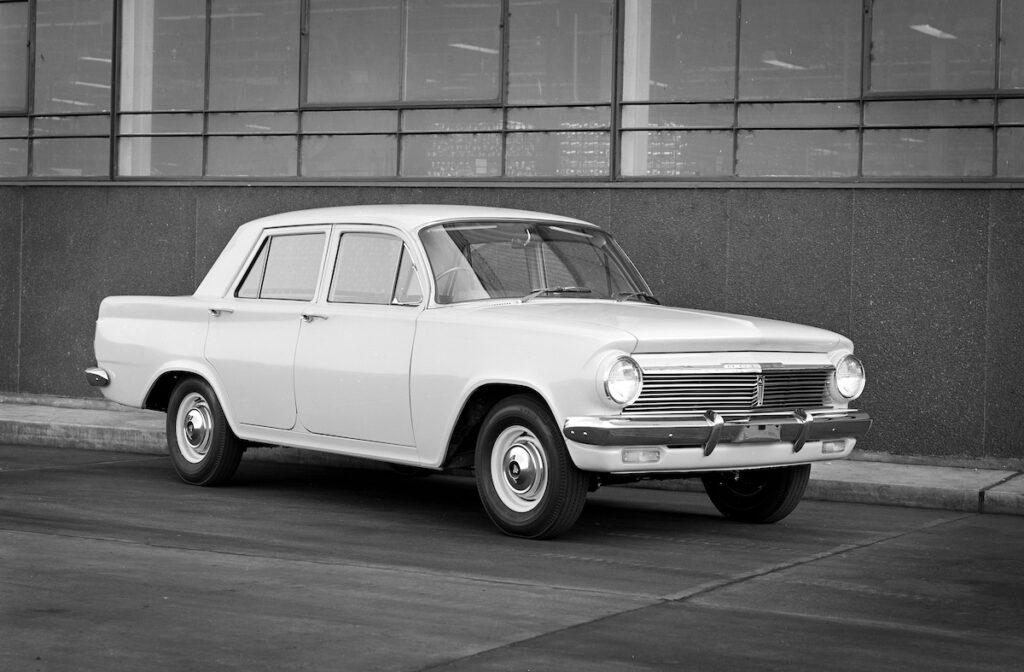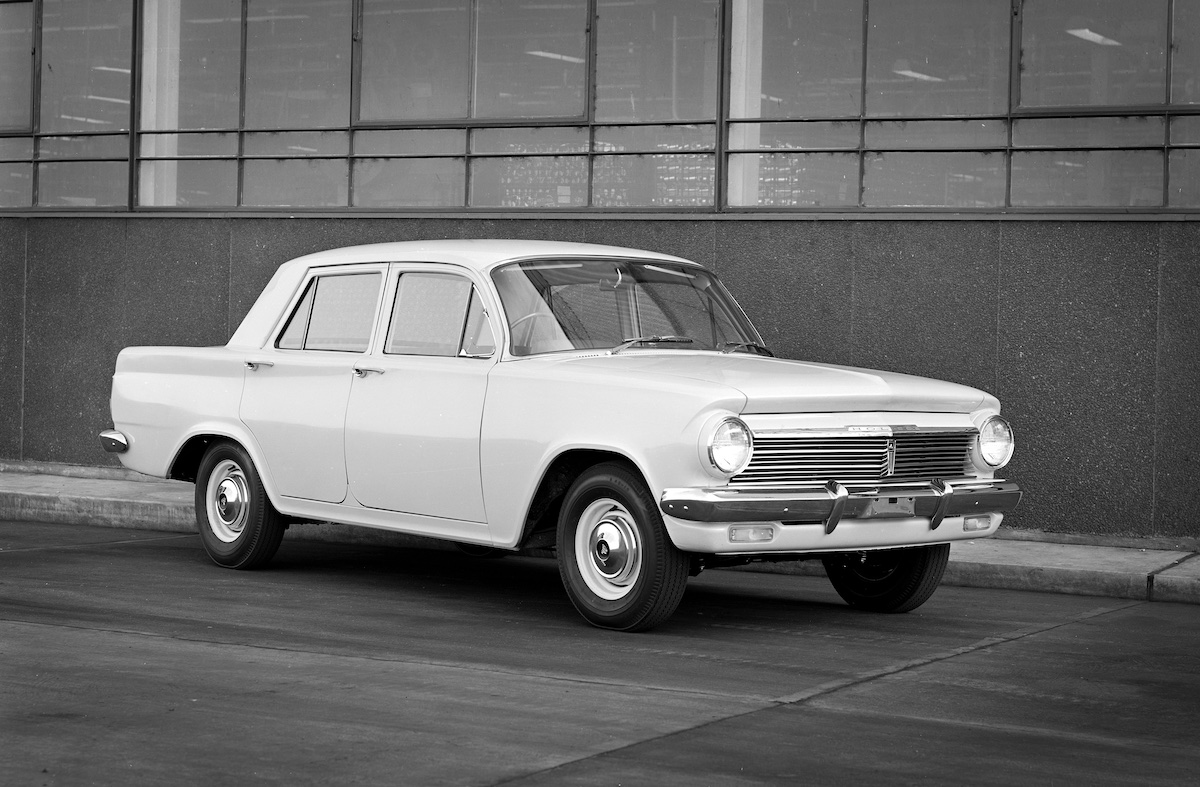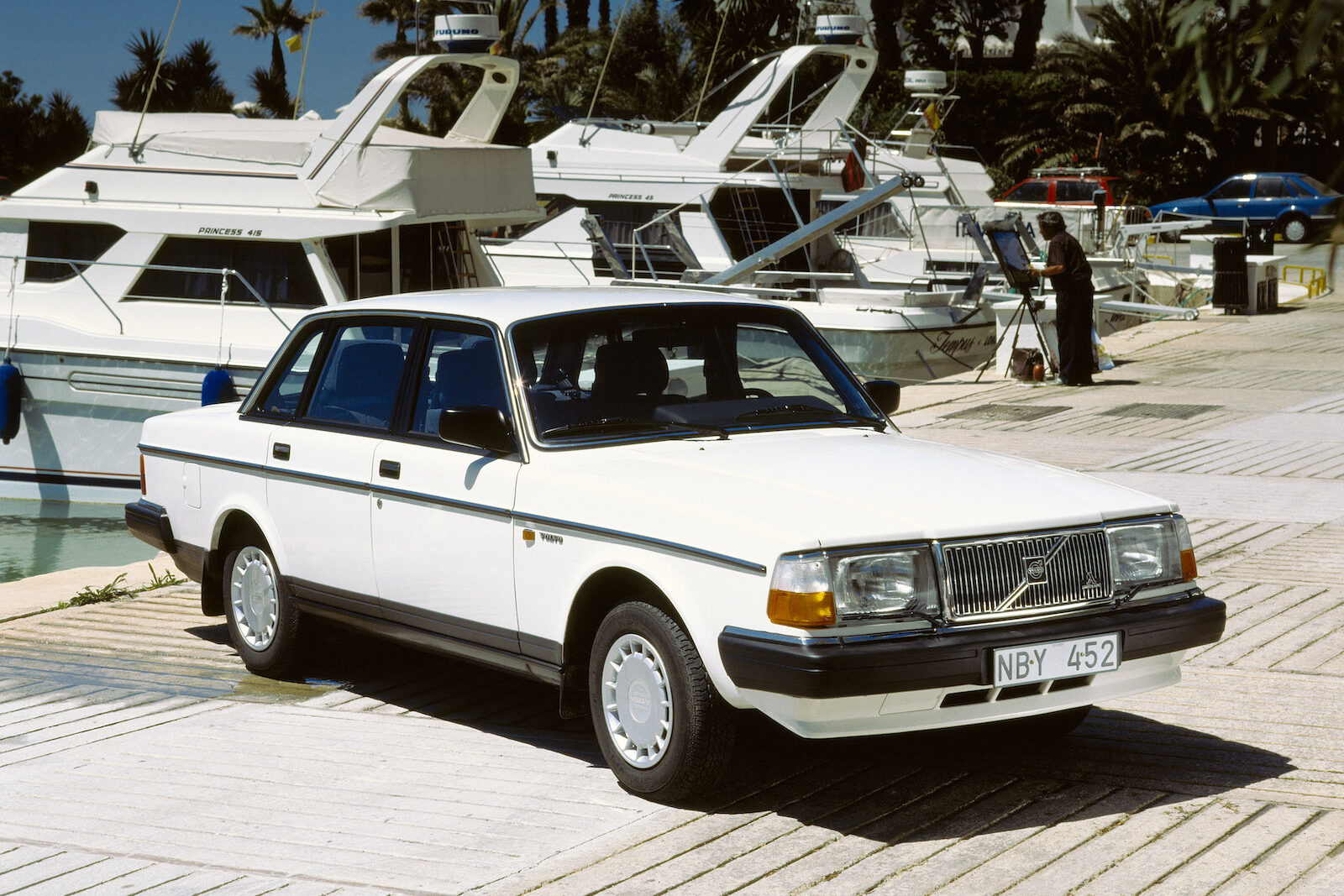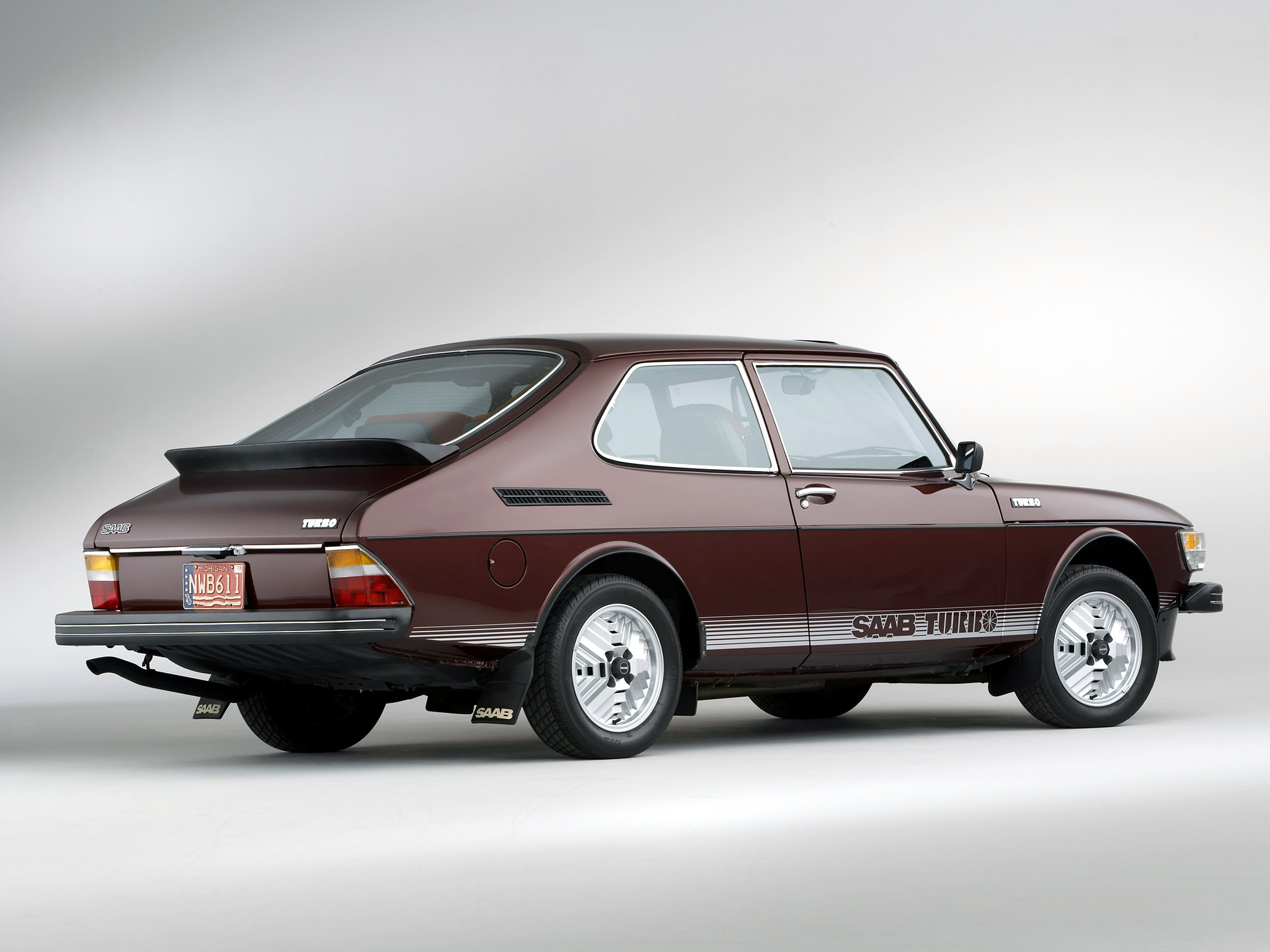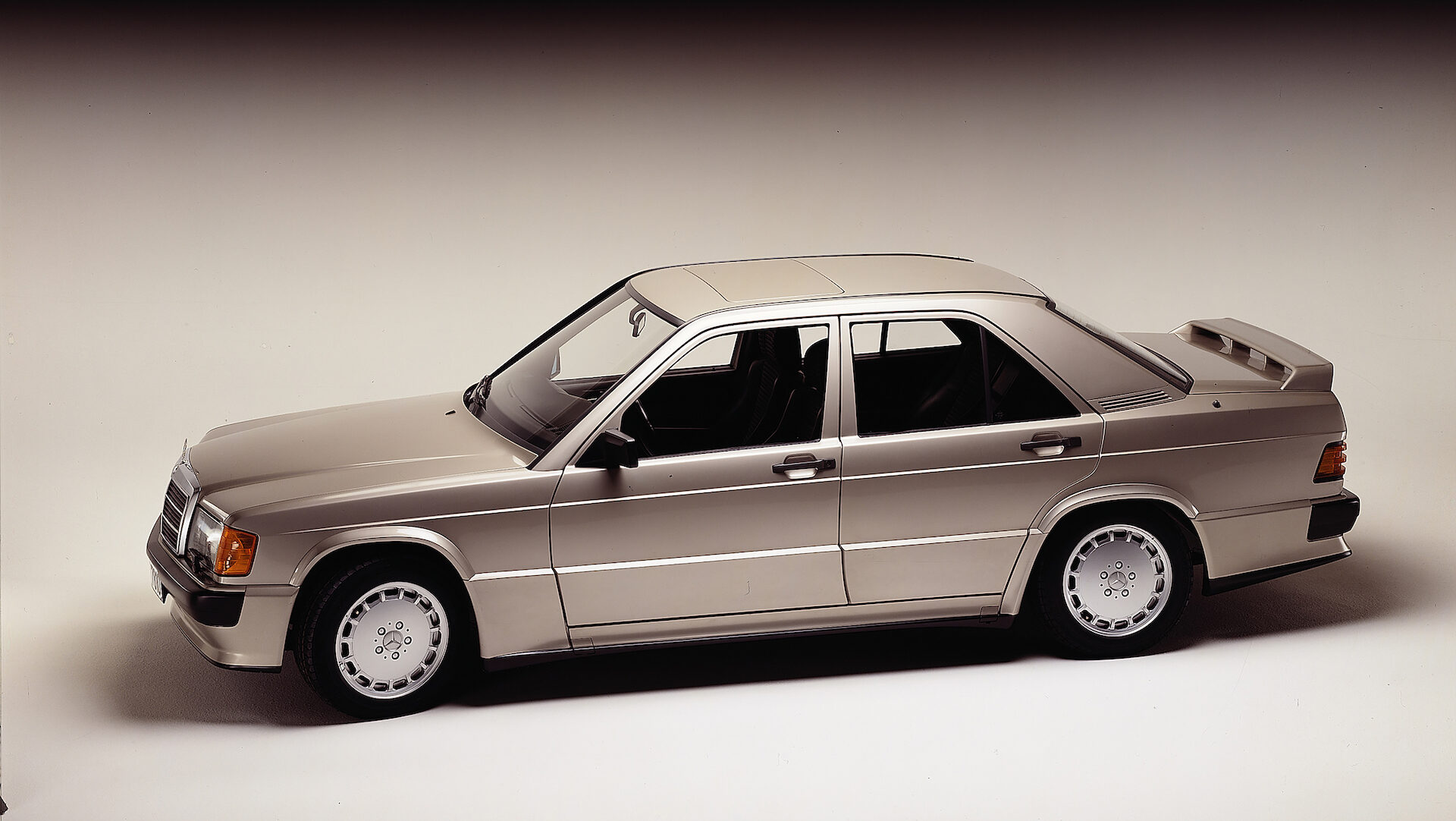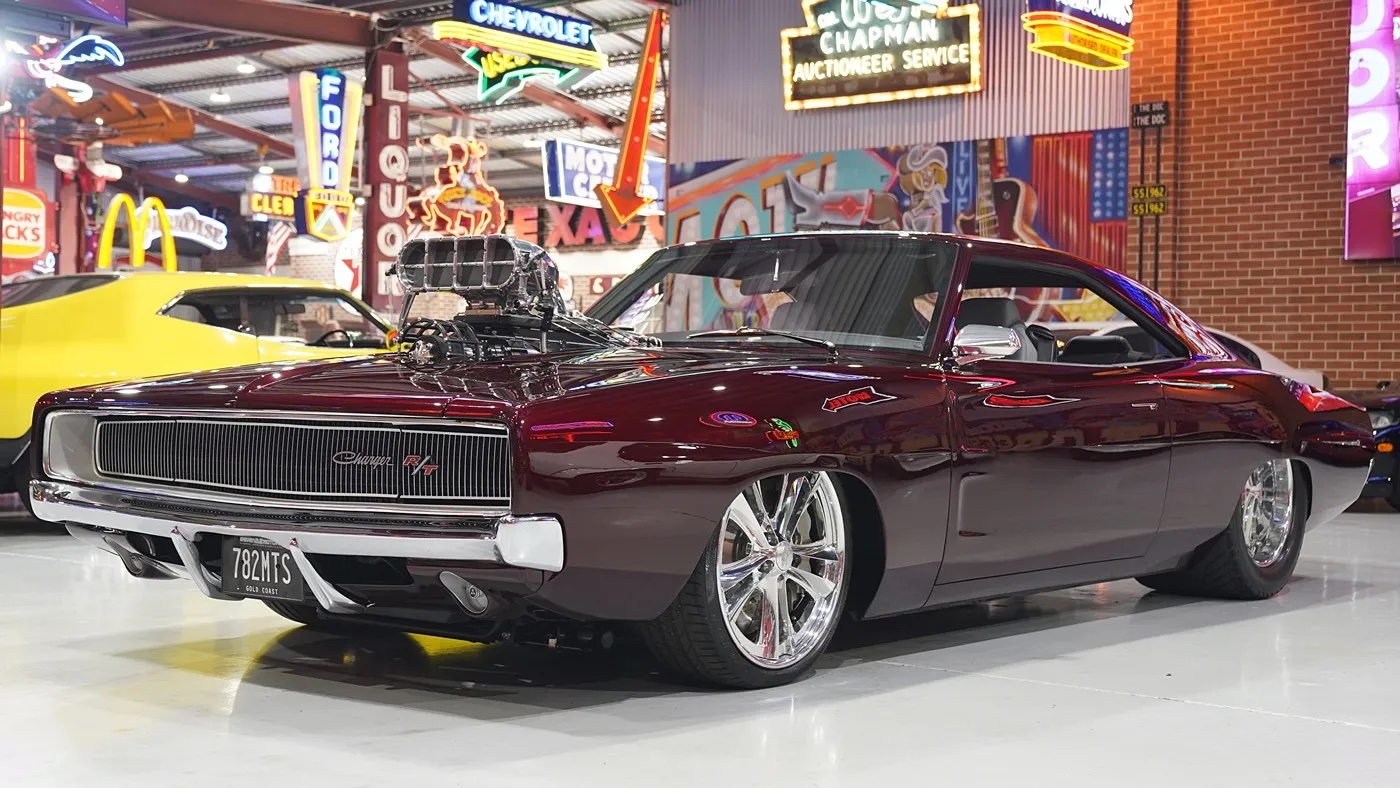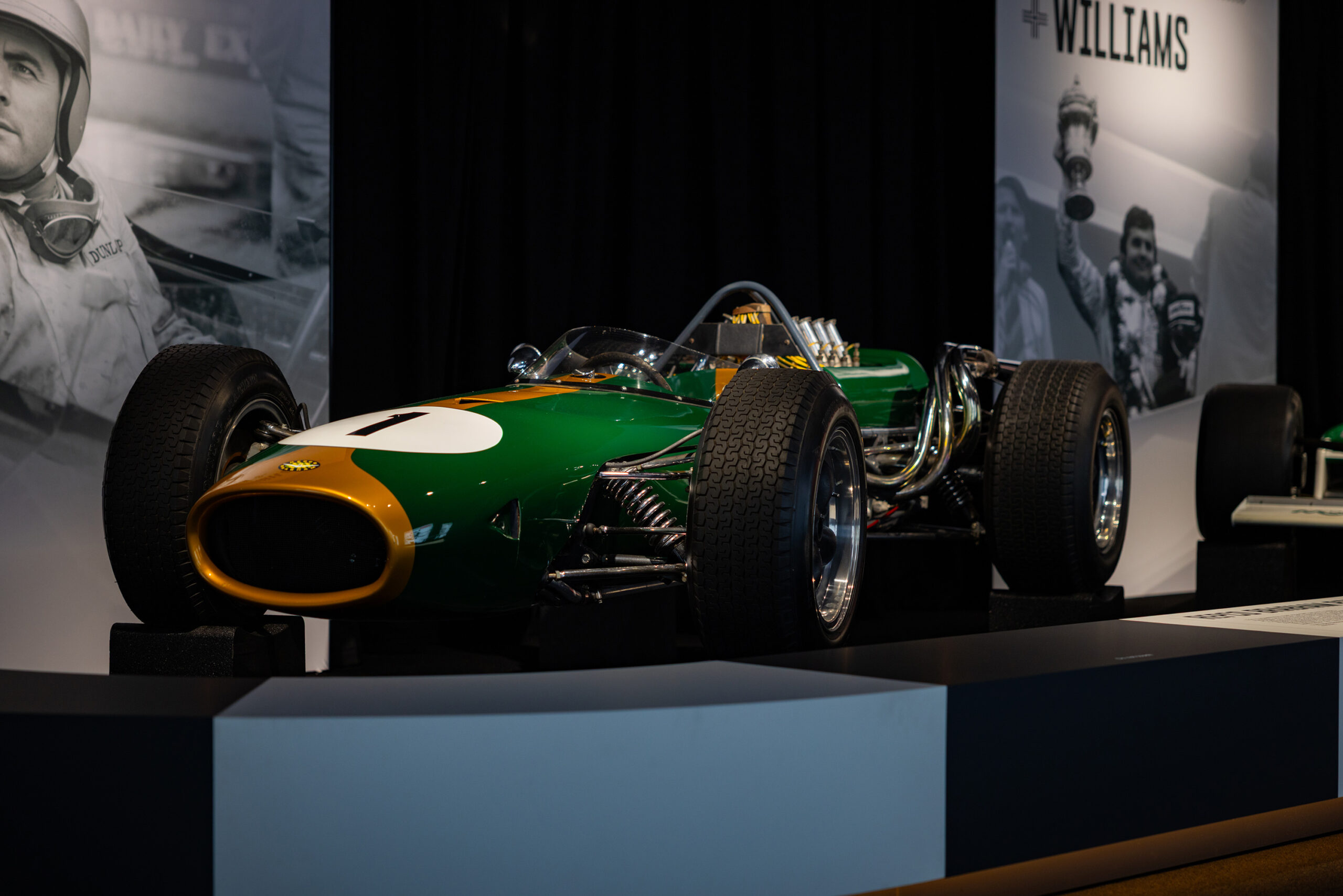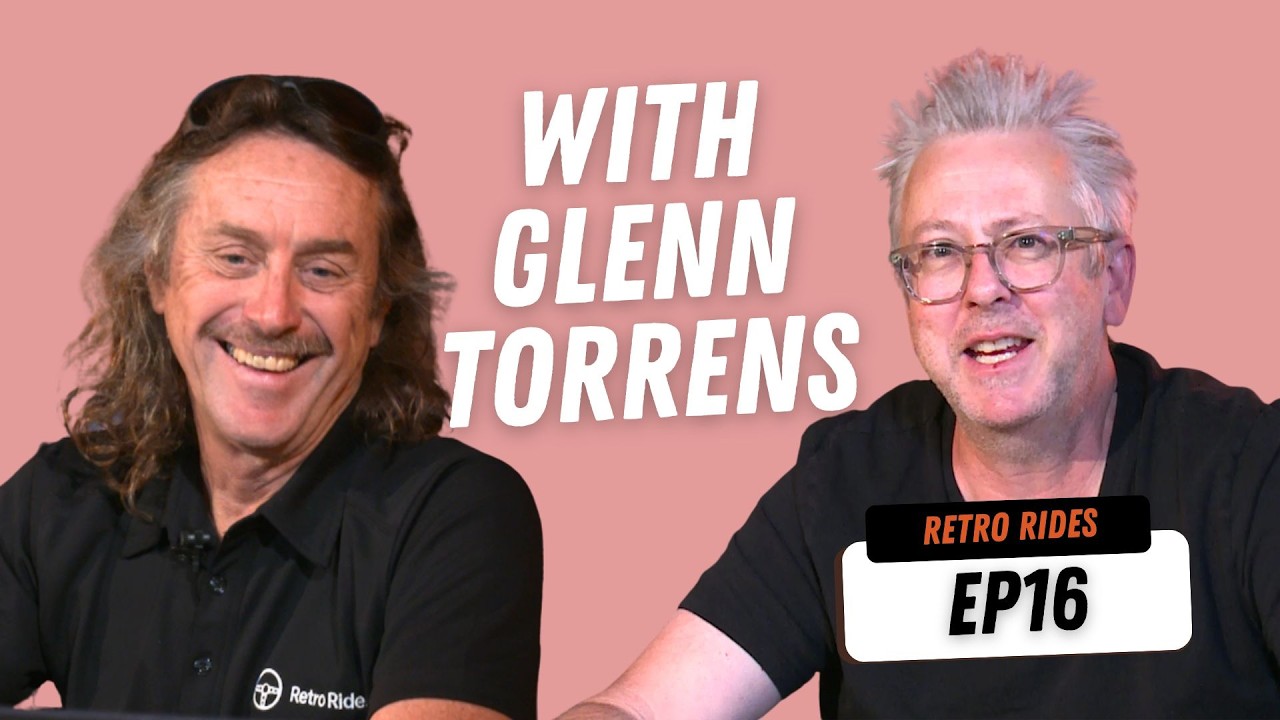It is said that no successful business spends money it doesn’t need to and back in the late 1950s and early 1960s General Motors-Holden’s (GMH) was a very successful business.
Until 1961 it had virtually no direct competitors and held a 50 percent of the Australian passenger car market. But the rumble of new rivals was fast approaching and Holden knew it needed to modernise to stay in front.
In July 1962 it released the sleeker and more modern looking EJ Holden as a replacement for the EK and just 13 months later, in August 1963 the EH range with updated styling and brand-new engines.
While similar in size to the previous EJ model, Holden’s EH featured new pillars and rear quarters, an altered boot lid and rear light clusters. Although the grilles from both cars looked similar, significant differences were apparent when placed side by side.
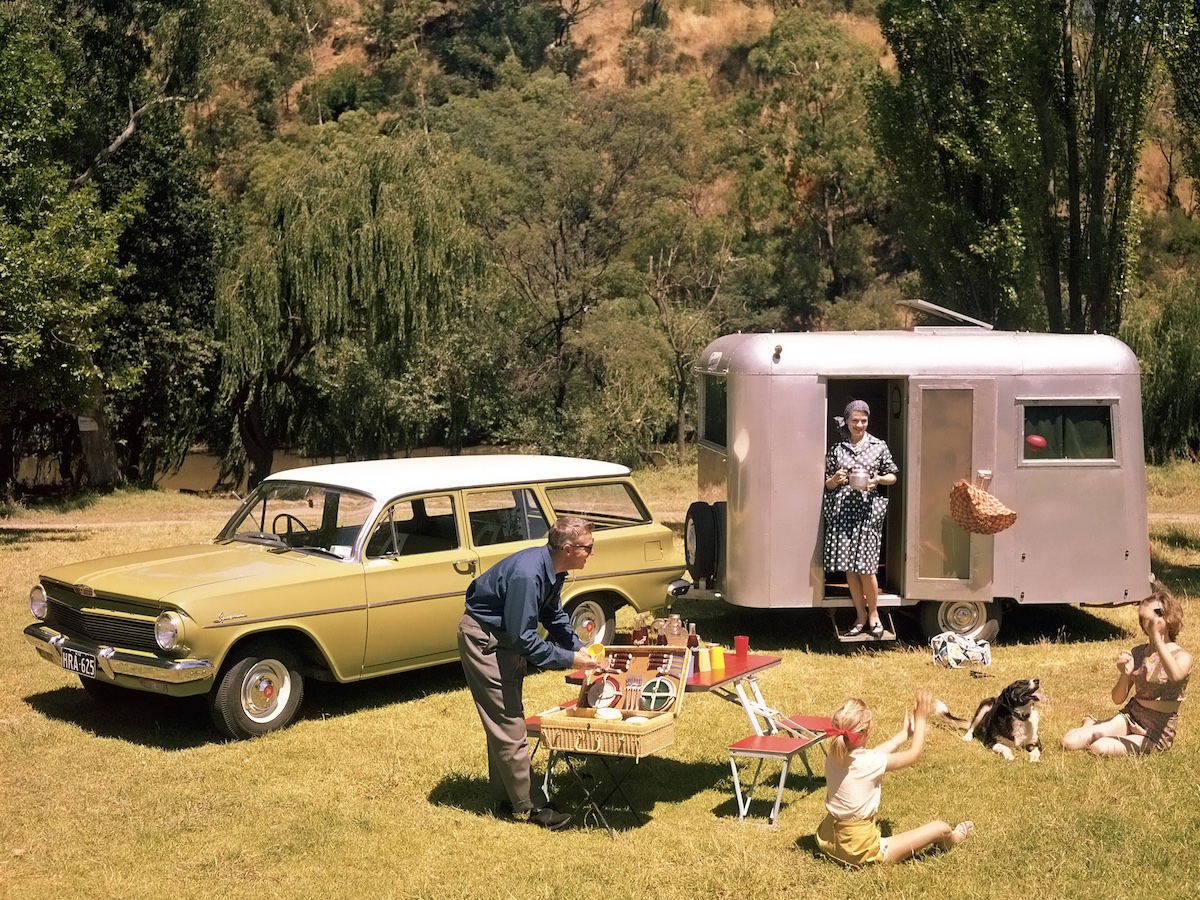
Big news came when the bonnet was lifted and the engines revealed. They were still inline six-cylinders with a single carburetor but Holden’s new ‘red’ motors were more powerful than the antiquated ‘grey’ motor they replaced, which dated back to 1948.
The 149 cubic-inch (2.4-litre) version of the Holden ‘red’ motor produced 75kW – up 19kW on the earlier engine – while the 2.9-litre ‘179’ managed a more robust 115bhp or 86kW.
A three-speed manual transmission was standard, with three-speed Hydramatic auto optional. Other extras included a heater/demister and radio and seat belt mounts, although the seat belts themselves were not included.
The EH’s more aggressive shape ideally matched the additional performance available with the new motors and not even a debacle at the 1963 Armstrong 500 – the first to be held at Bathurst – where most of the front-running modified Holdens lost or broke wheels, could dampen demand.
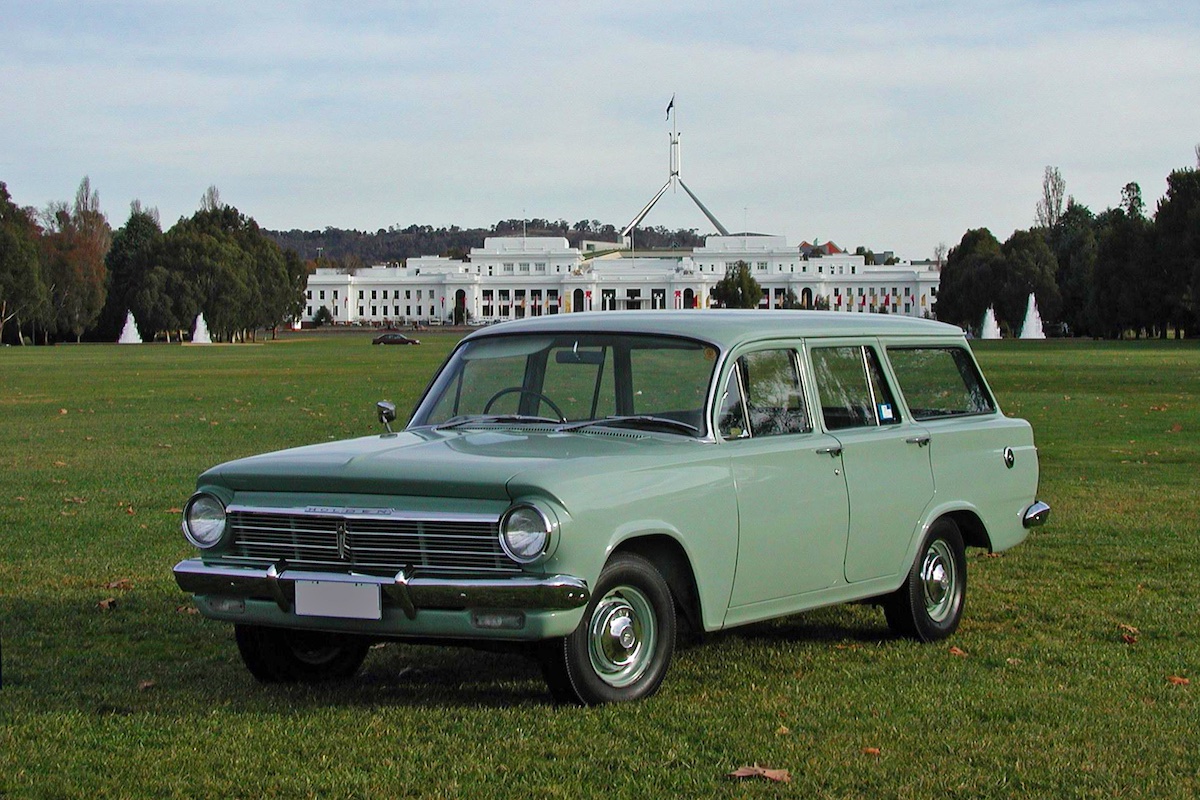
Three levels of trim were available; Standard, Special and Premier. Most sedans and station wagons surviving today will be Specials, with most vans and utilities likely to be Standards, and the most expensive EHs in the market will generally be Premiers.
All the Premiers had 179 engines and most were automatic. Genuine leather seat trim introduced with the EJ Premier was retained for the EH and cars with original trim are prized in today’s market.
During their 60-plus years of existence, a lot of EHs have been modified. Alterations include larger six-cylinder engines and the occasional V8 transplant, extra carburettors and improved automatic or manual transmissions. Front disc brake upgrades are popular and worth having, especially if the car will be used more than occasionally.
Despite being 60-plus years old, the EH remains recognisable and in strong demand. That popularity transcends generations too, with younger enthusiasts keen to own a modified EH.
Recent market movements have pushed the price of Specials in good condition past $40,000 and excellent Premier sedans to $65,000.
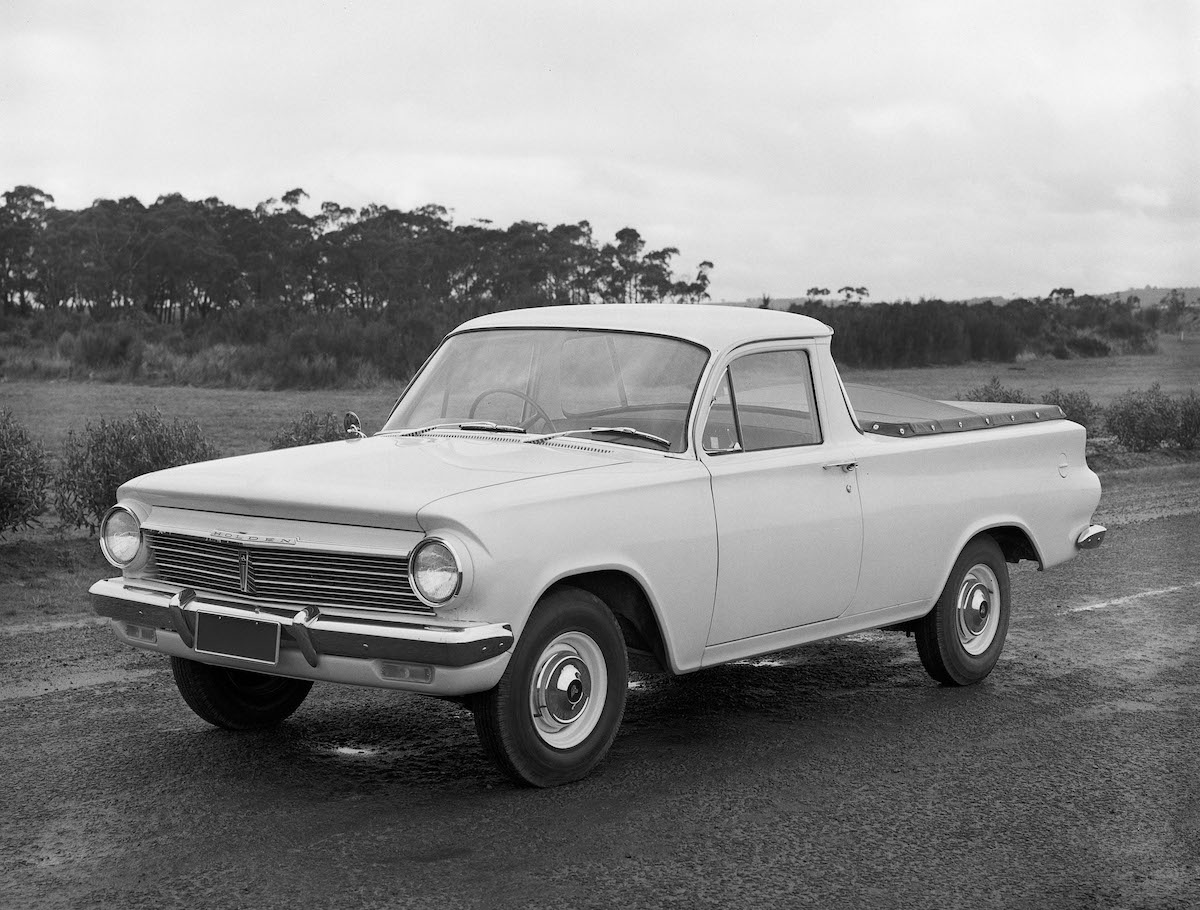
Things To Watch Out for When Buying a Used Holden EH (1963-65)
- Rusty floors and inner sills. Some panels are being remanufactured.
- Oil leaks around the cylinder head and rear main bearing seal.
- Worn gear linkages in manual cars.
- Automatic transmission won’t downshift, requiring the lower ratio to be manually engaged.
- Brakes may lock prematurely and handbrake won’t hold on a hill.
- Cracked and faded leather in Premier.
Valuation Timeline: Holden EH (1963-65)
-
1985$1,850
-
1995$6,000+224.32%
-
2005$8,500+41.67%
-
2010$13,000+52.94%
-
2014$17,500+34.62%
-
2019$31,000+77.14%
-
2024$44,500+43.55%EH Special

